‘Snowpiercer’ powerfully explores class, privilege
Bong Joon-ho’s latest sci-fi film dark, strong in narrative and visually stunning
By Korea HeraldPublished : July 23, 2013 - 20:00
Know your position, keep your position, be the “shoe.”
This is what those who live at the bottom of Snowpiercer, a massive train carrying the last remnants of humanity, are constantly told to do in director Bong Joon-ho’s latest sci-fi movie of the same name.
“Being the shoe” is a metaphor. The people are the bottom of the bottom, lowest of the low, and should never seek to climb the ladder, or “try to be the head.”
In the very back railcar, the lowliest passengers live on protein bars made of dead cockroaches, rarely shower and have their children taken away by the rich ― those who live in the front railcar. Outside the lone train is a world of freezing death, completely covered in permanent snow and ice. After 17 years of destitution and strict segregation, the inhabitants of the last railcar organize a revolution for a dignified life.
This is what those who live at the bottom of Snowpiercer, a massive train carrying the last remnants of humanity, are constantly told to do in director Bong Joon-ho’s latest sci-fi movie of the same name.
“Being the shoe” is a metaphor. The people are the bottom of the bottom, lowest of the low, and should never seek to climb the ladder, or “try to be the head.”
In the very back railcar, the lowliest passengers live on protein bars made of dead cockroaches, rarely shower and have their children taken away by the rich ― those who live in the front railcar. Outside the lone train is a world of freezing death, completely covered in permanent snow and ice. After 17 years of destitution and strict segregation, the inhabitants of the last railcar organize a revolution for a dignified life.

“Mother” and “The Host” director Bong’s highly anticipated sci-fi was finally unveiled to the local press on Monday, just a week before the film’s world premiere in Seoul on July 29.
At a press conference held after the screening, Bong said the film was a “universal tale” about the powerful and the powerless, rather than a “giant global project.” The movie, featuring a star-studded international cast including Tilda Swinton, Ed Harris and Chris Evans, was precisely what Bong described, while leaving much room for interpretation.
Many viewers will recall the Holocaust and North Korean propaganda, and even the cult of personality of Mao Zedong. Based on the French graphic novel “Le Transperceneige” by Jean-Marc Rochette, first published in 1982, the film is a story of survival and salvation, as well as an allegory for social classes and class warfare that is deeply rooted in the dystopian sci-fi genre.

Bong first found the graphic novel series at his favorite comic book shop in Hongdae in 2004. He was fascinated by the concept of the remnants of humanity living on a train where each cabin is labeled by social class. The farther away from the “sacred” engine ― which is located at the very front of the train ― the more dire the poverty and more harrowing the living conditions.
The film has been compared with Noah’s Ark in the Bible by the local press, but the crucial difference between the two narratives is that the Ice Age in “Snowpiercer” is caused by a manmade disaster, not a natural catastrophe.
In a similar vein, the gigantic, amphibious monster in Bong’s 2006 movie “The Host” is not a supernatural creature: It emerges after an American military pathologist dumps bottles of formaldehyde into Seoul’s Han River. In “Snowpiercer,” it is a manmade substance called “CW-7,” invented to halt global warming, which precipitates the Ice Age that kills every living thing on the planet ― except those who made it on to the train. In Bong’s movies, disasters are not punishment from a higher power; humans suffer from their own catastrophic mistakes and failures.
While no one on the train seems to believe in God, or any spiritual power, they are taught to idolize Wilford, the inventor of the perpetual motion engine. While the upper-class kids are told to be forever grateful to him because they would simply die if they couldn’t live on the train he created ― they repeat many times in class the engine is “eternal and sacred” and Wilford is “merciful” ― for those who live in the back, Wilford is their collective enemy. Viewers witness the carefully composed cult of personality, which is used to maintain order and peace ― mostly for the ones living in the forward cabins.
Viewers only get to see the front cabins as the hungry, distressed revolutionaries violently make their way forward. One of them is physically disabled (played by Ewen Bremmer) after losing an arm in a cruel punishment.
Another is a desperate mom (played by Octavia Spencer) who is searching for her son who was taken away by the authorities. Accompanying them is Namgung Min-su (played by Song Kang-ho), a prisoner who used to be the train’s security specialist, and his daughter Yona (played by Ko A-sung).
The dark, almost black-and-white frames gradually welcome color as the disgruntled group gets closer to the engine and Wilford. The poor see what they did not know existed: A sushi restaurant, a huge aquarium, a beautiful greenhouse, a dentist’s office and even a night club.
The movie unveils the major ― both poignant and disillusioning ― secrets of the narrative toward the end of the movie, as well as Wilford. Bong does not make Wilford (played by Ed Harris) a simple villain, and many viewers will find what he says both surprising and disturbing. The secrets revealed ultimately leads one to investigate some of the deepest mysteries about what it means to be human.
The film is co-produced by Korea’s CJ Entertainment, famed Korean director Park Chan-wook and his own film studio Moho Film, and also Korea’s Union Investment Partners. Major American film studio The Weinstein Company secured distribution rights for the movie in North America, the U.K., Australia, New Zealand and South Africa last year.
The film, which was pre-sold to 167 countries, opens in local theaters in Korea on Aug. 1. The world premiere of “Snowpiercer” will be held at Yeongdeungpo Times Square in Seoul on Monday.
By Claire Lee (dyc@heraldcorp.com)
-
Articles by Korea Herald


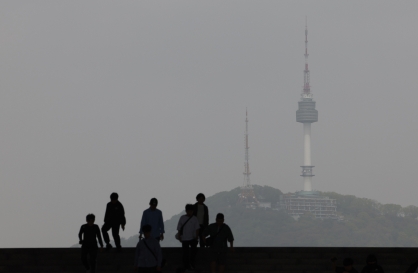
![[AtoZ Korean Mind] Does your job define who you are? Should it?](http://res.heraldm.com/phpwas/restmb_idxmake.php?idx=644&simg=/content/image/2024/05/06/20240506050099_0.jpg&u=)

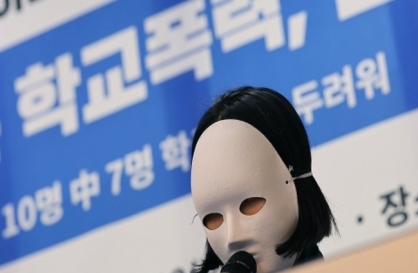

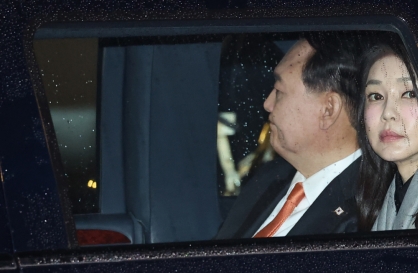







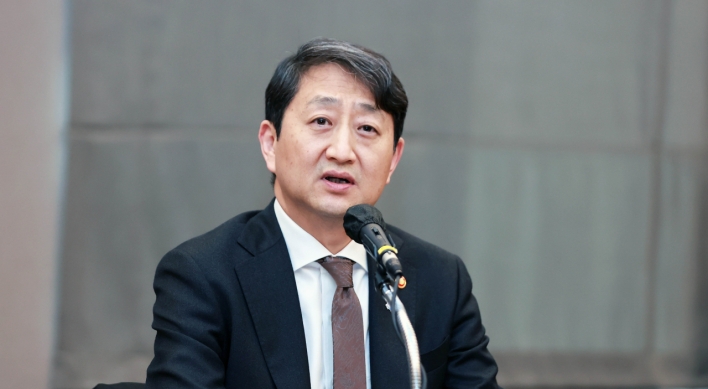
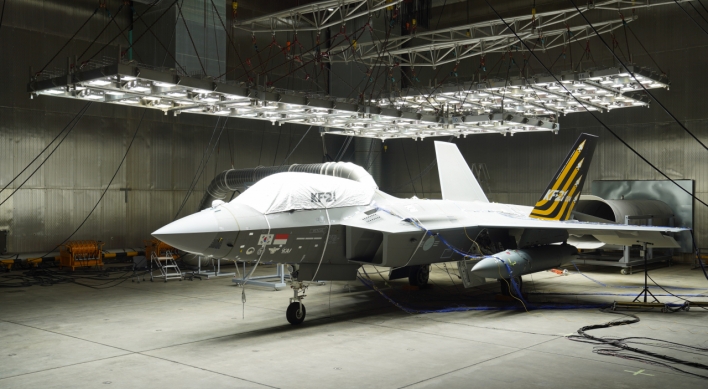
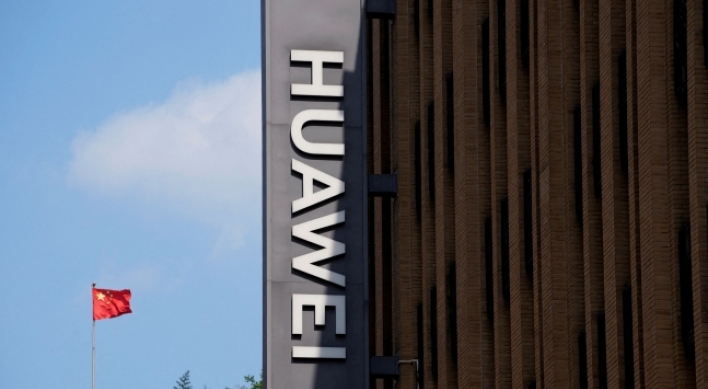

![[K-pop's dilemma] Is Hybe-Ador conflict a case of growing pains?](http://res.heraldm.com/phpwas/restmb_idxmake.php?idx=642&simg=/content/image/2024/05/07/20240507050746_0.jpg&u=)